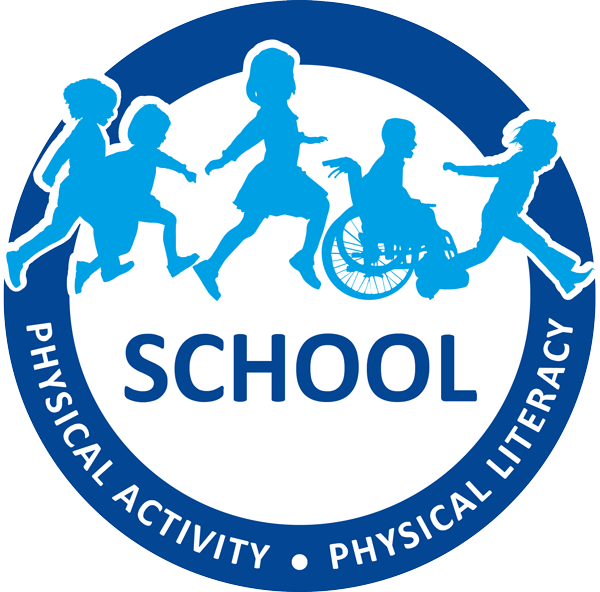As educators, we strive to foster physical literacy in our students – a crucial foundation for a lifetime of active and healthy living. One fantastic way to achieve this is through the timeless classic of tag games! These playful activities not only keep children active but also cultivate fundamental movement skills, spatial awareness, and teamwork.
In this blog post, we’ll explore the value of incorporating tag games into your class and introduce three exciting tag games suitable for grades K-7 that will create a fun, inclusive, and active learning environment for all students.
Why Play Tag?
- Develops Fundamental Movement Skills: Tag games are a goldmine for nurturing fundamental movement skills in students. Children enhance their agility and balance as they sprint, pivot, weave, reach, and dodge. The constant movement and diverse physical actions in tag games contribute to well-rounded physical literacy development.
- Builds an Understanding of Strategies: Engaging in tag activities makes students more spatially aware and teaches them various strategies that can be applied to other games, sports, or activities. They learn to read and anticipate movements, fostering critical thinking and decision-making skills.
- Allows Everyone an Opportunity to Play: Inclusive by nature, tag games ensure that every student is actively participating at the same time. There’s no waiting for turns or sitting on the sidelines. This inclusive approach boosts confidence and encourages collaboration among students.
- Easy and Fun: Tag games are simple to set up and require minimal equipment, making them accessible and time-efficient. With short preparation time, students can engage more in the game, maximizing active play and enjoyment.
Three Exciting Tag Games to Try
- Pac Man Tag: In this game, students hop, skip, and leap between hula hoops to evade taggers. When tagged, the student becomes a tagger, increasing the number of people “it.” Alternatively, you can play the game so that only one person is “it” at a time, and tagging someone changes their role to the tagger.
- Symmetry Tag: Taggers must wear pinnies. When tagged, students must create a symmetrical or asymmetrical shape with their body and freeze. They are freed if another student copies their shape and holds it for three seconds. This game promotes creativity and spatial awareness while developing fundamental movement skills.
- Dribble Tag: Spread hula hoops around the playing area with a ball inside each hoop. Designate two or three students as taggers. When tagged, students must go to the nearest hoop, dribble the ball on the spot ten times, and re-enter the game. This game combines dribbling skills with tag for an active and engaging experience.
Tag games are a source of pure fun and a powerful tool for developing students’ physical literacy. By incorporating these playful activities into your day, you can foster fundamental movement skills, strategic thinking, inclusivity, and teamwork in your classroom.
Looking for more tag games to try with your class? Check out our Tag for Physical Literacy resource!

